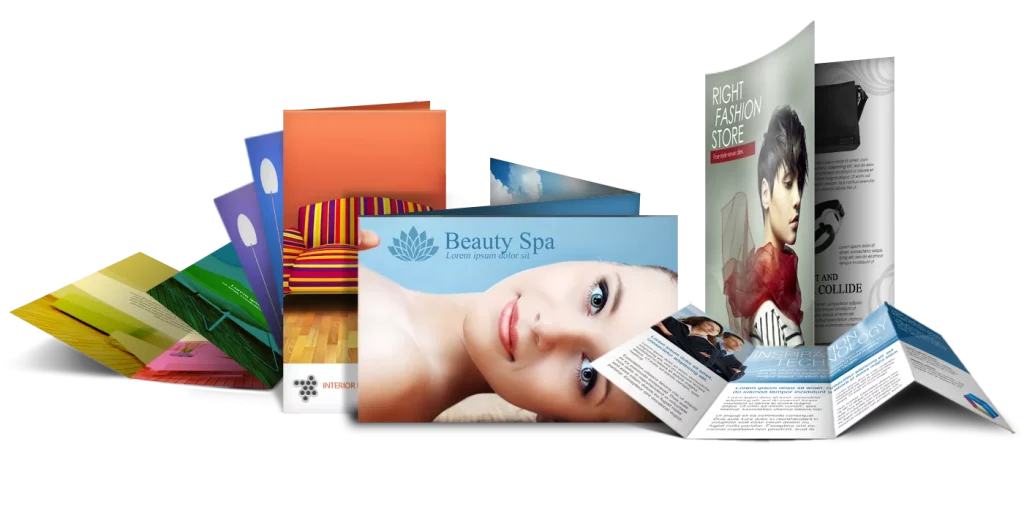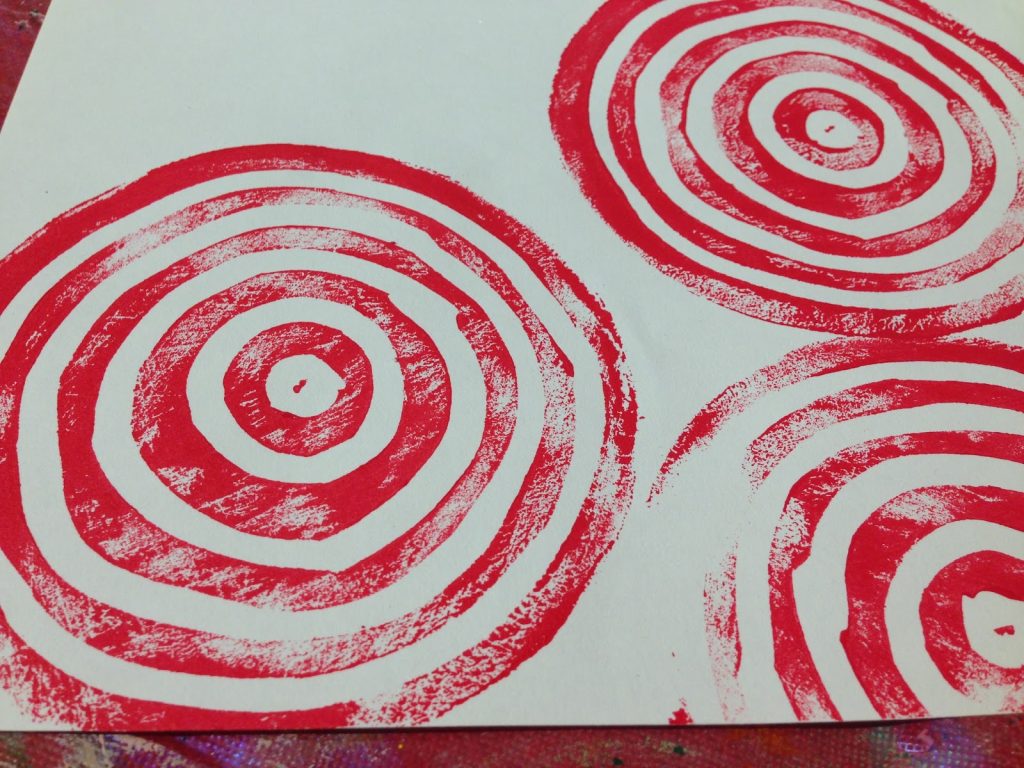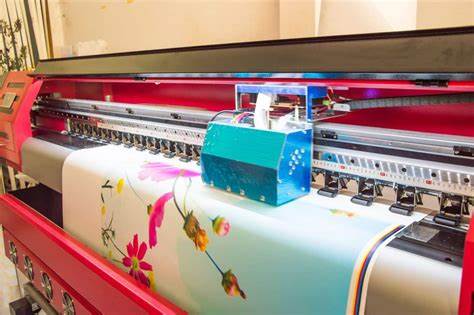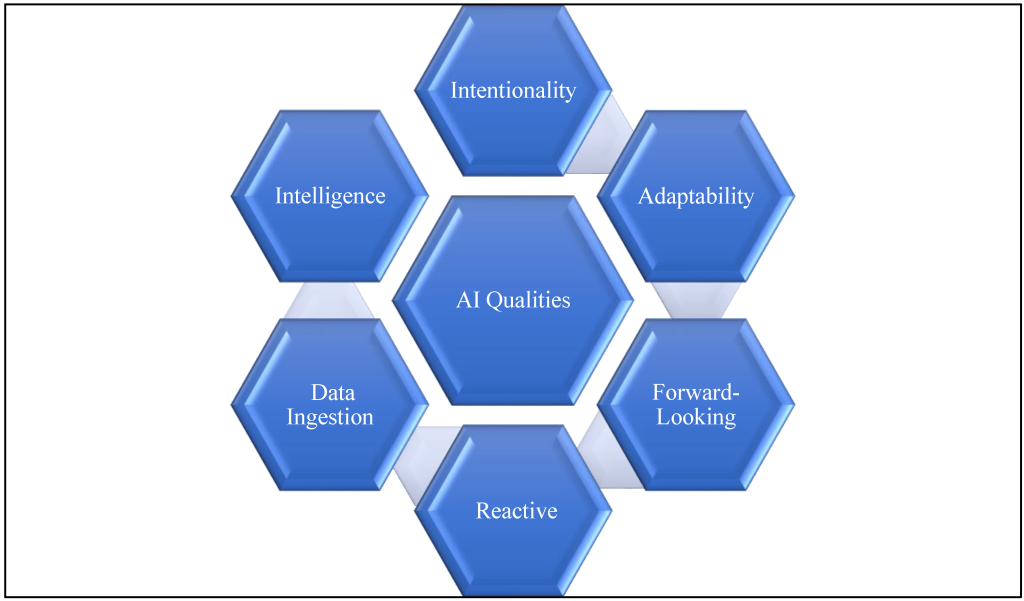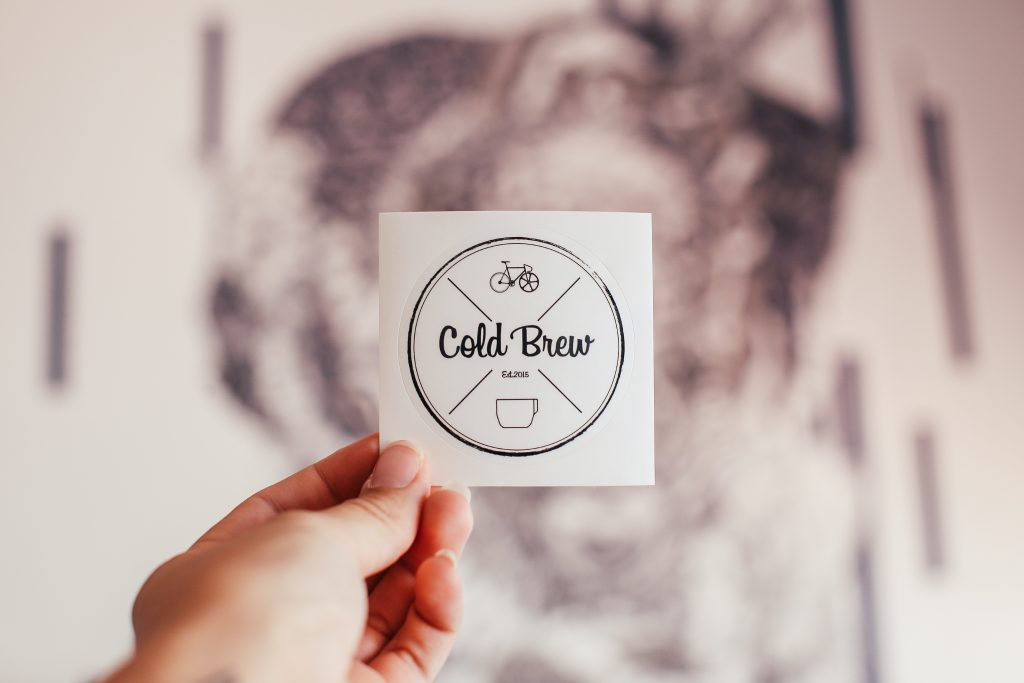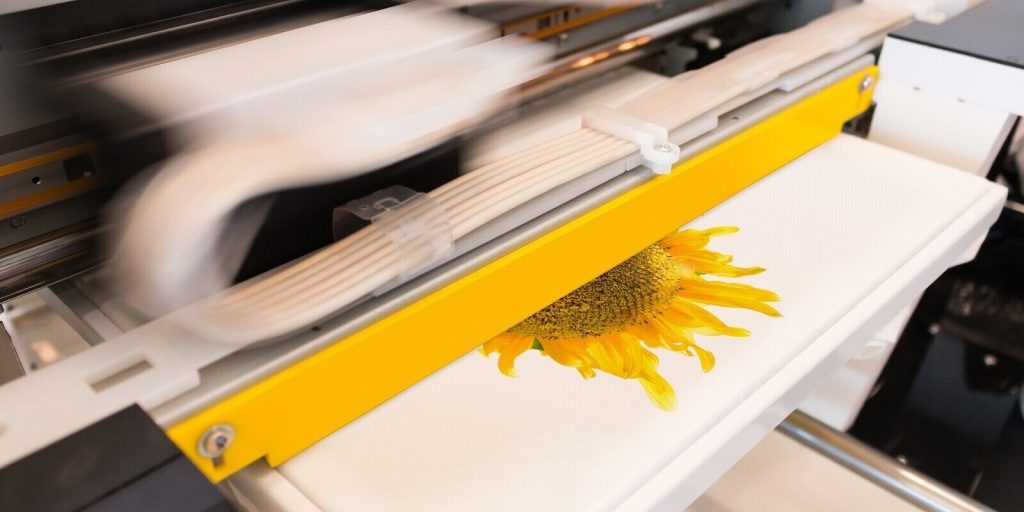Choosing The Right Fonts For Your Printed Materials

Introduction
Printed Materials- The right choice of fonts can significantly impact the overall aesthetic and effectiveness of printed materials. Whether it’s a brochure, flyer, poster, or business card, selecting the appropriate fonts is a critical decision that should not be overlooked. Fonts possess the power to evoke emotions, convey messages, and establish the desired tone for your printed materials.
The art of typography extends beyond mere letters on a page; it encompasses the harmony between style, readability, and visual appeal. Each font carries its own personality, and understanding the nuances of various typefaces is essential in effectively communicating your message to your target audience.
The process of choosing fonts for printed materials involves careful consideration of factors such as brand identity, readability, legibility, and design intent. The fonts you select should align with the purpose and theme of your printed materials while reflecting the essence of your brand. Whether you aim for a classic, elegant look or a modern, bold vibe, the font choices must complement and enhance your content.
Fonts with overly intricate designs may hinder comprehension, while excessively simple or generic ones may fail to captivate attention. Striking the right balance between legibility and creativity is crucial to maintaining engagement and facilitating a smooth reading experience.
What are the different font categories and their characteristics?
Fonts can be broadly categorized into various types, each with its own distinct characteristics and visual appeal. Two primary font categories are serif and sans-serif, with additional categories such as script, display, and decorative fonts.
Serif fonts are recognized by the small lines or strokes, called serifs, that extend from the ends of the letterforms. They are often associated with a more traditional and formal aesthetic. Serif fonts convey a sense of elegance, sophistication, and readability, making them suitable for printed materials like books, newspapers, and formal documents. Common examples of serif fonts include Times New Roman, Georgia, and Baskerville.
On the other hand, sans-serif fonts are characterized by their clean, smooth lines without the presence of serifs. They have a modern and minimalist feel, often associated with simplicity, clarity, and informality. Sans-serif fonts are widely used for both digital and print materials, especially in contemporary designs. They are particularly effective for headings, titles, and display text. Popular sans-serif fonts include Arial, Helvetica, and Futura.
Script fonts mimic handwriting styles, featuring flowing and interconnected letterforms. They add a touch of elegance, creativity, and personalization to printed materials. Script fonts are often used for formal invitations, event posters, or branding materials where a unique and artistic flair is desired.
Display fonts are eye-catching and bold, designed to make a strong visual impact. They come in various styles, ranging from vintage and retro to futuristic and decorative. Display fonts are commonly used for headlines, banners, and attention-grabbing elements in printed materials.

How can you align your font choices with your brand’s image and message?
Aligning font choices with your brand’s image and message is crucial for maintaining consistency and conveying the intended brand identity. Here are some key strategies to achieve this alignment.
Firstly, consider your brand’s personality and values. Fonts have their own personalities, ranging from classic and traditional to modern and edgy. Identify the traits that represent your brand and select fonts that reflect those characteristics. For example, a luxury brand may opt for elegant and sophisticated serif fonts, while a tech startup may prefer sleek and minimalistic sans-serif fonts.
Secondly, think about your target audience. Understand their preferences and expectations when it comes to typography. Fonts can evoke emotions and resonate with specific demographics. For instance, a playful and whimsical font might appeal to children or a youthful audience, while a professional and authoritative font may be more suitable for a corporate clientele.
Typography hierarchy is another important aspect. Create a hierarchy by assigning different fonts for headings, subheadings, and body text. This helps guide the reader’s attention and emphasizes important information. Ensure that the font choices for each hierarchy level complement each other and maintain overall coherence.
What are some popular fonts that work well in printed materials?
There are numerous popular fonts that work exceptionally well in printed materials, each offering a unique style and appeal. Here are a few examples of widely used fonts that consistently deliver strong results.
Helvetica: This timeless sans-serif font is renowned for its versatility and readability. Its clean and neutral design makes it suitable for a wide range of applications, including brochures, flyers, and business cards. Helvetica’s simplicity and clarity allow it to blend seamlessly with various design styles.
Garamond: As a classic serif font, Garamond exudes elegance and sophistication. It is a popular choice for printed materials that require a touch of traditional charm, such as books, formal invitations, and high-end branding. Garamond’s gracefully flowing letterforms and balanced proportions make it pleasing to the eye and easy to read.
Futura: With its geometric and modern design, Futura is a favorite among designers seeking a contemporary and minimalist look. It is widely used in printed materials that require a clean and futuristic aesthetic, such as posters, magazine layouts, and product packaging. Futura’s simplicity and versatility make it highly adaptable to various design contexts.
Baskerville: Another timeless serif font, Baskerville, combines elegance with readability. It is often preferred for printed materials that demand a sense of refinement and sophistication, such as high-quality stationery, luxury branding, and editorial designs. Baskerville’s well-defined serifs and harmonious letterforms contribute to its classic appeal.
Adobe Caslon Pro: This serif font is a popular choice for its versatility and historical charm. It is often used in printed materials that require a touch of vintage or traditional aesthetics, such as book covers, formal certificates, and historical documents. Adobe Caslon Pro’s combination of elegance, legibility, and historical significance makes it a reliable choice for various applications.
These are just a few examples among a vast array of popular fonts that excel in printed materials.

How can you ensure readability and legibility of your chosen fonts in printed materials?
To ensure the readability and legibility of chosen fonts in printed materials, several key considerations and practices should be followed. First and foremost, font selection plays a crucial role. It is important to choose fonts that are specifically designed for readability in print. Opting for clean and well-spaced typefaces with distinct letterforms can significantly enhance legibility. Fonts that have a balanced ratio of thick and thin strokes and clear differentiation between characters are often preferred.
Another important factor to consider is the font size. Selecting an appropriate font size is vital to ensure comfortable reading. If the font size is too small, it can strain the reader’s eyes, while a font size that is too large may disrupt the visual flow and readability of the text. It is advisable to conduct print tests with various font sizes to determine the optimal size for the target audience and reading environment.
Ample space between lines allows the eyes to navigate smoothly from one line to the next, preventing text crowding and improving legibility. Similarly, adjusting the kerning, which is the spacing between individual characters, can help maintain a consistent visual rhythm and prevent characters from overlapping or appearing too cramped.
The color of the text and the background should have sufficient contrast to ensure readability. Avoid using light-colored fonts on light backgrounds or dark-colored fonts on dark backgrounds, as this can strain the reader’s eyes and make the text difficult to decipher. High contrast between the text and background enhances legibility and makes the content more accessible.
What are some common mistakes to avoid when selecting fonts for printed materials?
When selecting fonts for printed materials, there are several common mistakes that should be avoided to ensure optimal readability and visual appeal. One of the most prevalent mistakes is using decorative or overly stylized fonts that sacrifice legibility for artistic flair. While these fonts may look interesting, they can make the text challenging to read, especially in longer passages or smaller sizes. It is advisable to choose fonts with clear and well-defined letterforms that prioritize readability over aesthetics.
Mixing two or more fonts that clash in terms of style, weight, or proportions can create visual confusion and disrupt the overall coherence of the design. It is important to select fonts that complement each other and create a harmonious visual hierarchy. This can be achieved by pairing fonts that have contrasting characteristics, such as a combination of serif and sans-serif fonts or fonts with different weights.
Inconsistency in font usage is another common mistake. Using too many different fonts within a single printed material can create a cluttered and unprofessional appearance. It is best to stick to a limited number of fonts (typically two to three) that are carefully chosen and consistently used throughout the document. This helps maintain visual consistency and enhances readability.
Neglecting to consider font size is another mistake to avoid. Using excessively small font sizes can strain the reader’s eyes and make the text difficult to read, while using overly large font sizes can disrupt the visual flow and make the content appear disproportionate. It is important to select an appropriate font size that ensures comfortable reading based on the intended audience and the nature of the content.
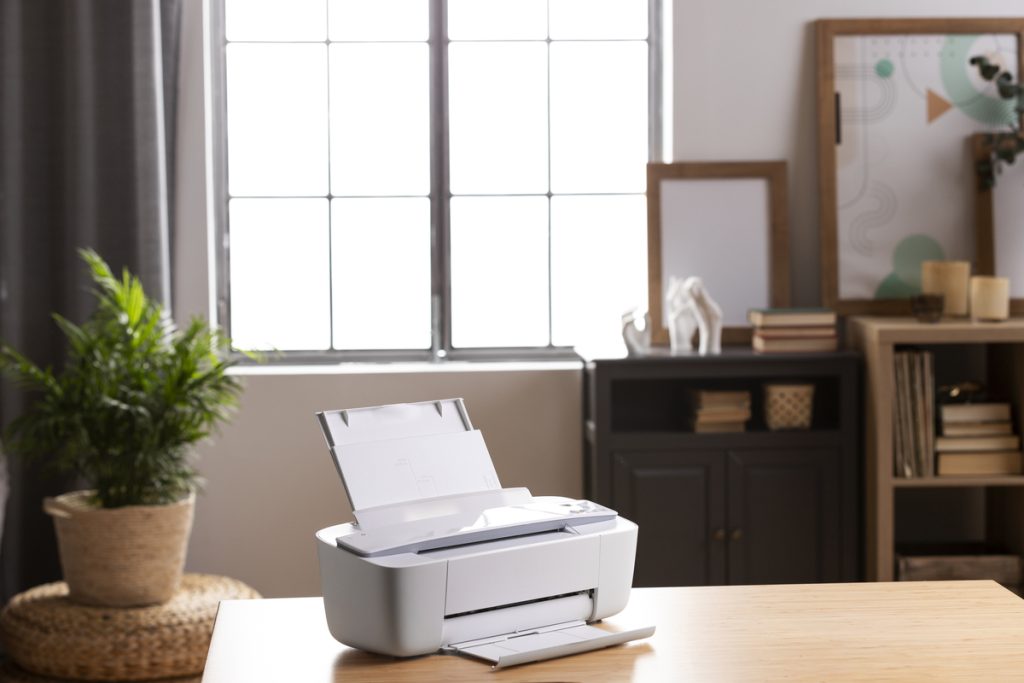
How can you effectively combine fonts to create visually appealing designs?
Combining fonts effectively is essential in creating visually appealing designs that capture attention and convey the intended message. To achieve harmonious font combinations, consider the following guidelines:
Contrast in Style: Select fonts that have contrasting styles to create visual interest and distinction. Pairing a serif font with a sans-serif font, or a handwritten script with a clean geometric font, can establish a pleasing contrast. This contrast adds variety and helps differentiate different elements within the design, such as headings and body text.
Harmonious Proportions: Ensure that the proportions of the combined fonts are visually compatible. Consider factors such as x-height (height of lowercase letters), cap height (height of uppercase letters), and overall letterforms. Fonts with similar proportions tend to work well together, creating a sense of balance and cohesiveness.
Clear Hierarchy: Utilize different fonts to establish a clear visual hierarchy in the design. Select a distinct and attention-grabbing font for headlines or main focal points, while choosing a complementary font for supporting text. This contrast in size, weight, or style helps guide the reader’s eye and emphasizes important information.
Limited Font Choices: Avoid using too many fonts within a single design. Restricting the number of fonts used (typically two to three) helps maintain visual consistency and prevents the design from appearing cluttered or chaotic. A limited font palette ensures that the different typefaces work together cohesively and creates a more polished overall look.
Consider Context and Branding: Consider the context of the design and the brand identity when selecting fonts. Fonts should align with the overall tone and purpose of the design as well as reflect the brand’s personality. Consistency with the brand’s existing typography can help reinforce brand recognition and coherence.
What are the best practices for font sizing and spacing in printed materials?
When it comes to font sizing and spacing in printed materials, adhering to best practices is crucial for optimal readability and visual appeal. Here are some key guidelines to consider. Firstly, select an appropriate font size that ensures comfortable reading. Factors such as the target audience, reading distance, and medium of the printed material should be taken into account.
Typically, a font size between 10 and 12 points is suitable for body text, while headings and titles can be larger to create emphasis. Secondly, pay attention to line spacing, also known as leading. Sufficient space between lines helps prevent text crowding and improves legibility. A general rule of thumb is to set the line spacing at 120-145% of the font size. Thirdly, consider kerning, which refers to the spacing between individual characters.
Adjusting kerning can ensure consistent spacing and prevent characters from appearing too cramped or overlapping. It’s crucial to maintain a visually balanced and harmonious rhythm throughout the text. Additionally, pay attention to the overall layout and alignment of the text. Maintain appropriate margins, avoid excessive hyphenation, and ensure consistency in paragraph indentation.
Soliciting feedback from a diverse group of individuals can provide valuable insights and help fine-tune the font sizing and spacing for optimal legibility in the final printed materials. By following these best practices, one can create visually pleasing and easily readable printed materials that effectively communicate the intended message.

How can you test and evaluate the impact of different font choices on your target audience?
To test and evaluate the impact of different font choices on your target audience, several approaches can be employed. First, user testing is essential. Involve representatives from your target audience and present them with various font choices. Gather feedback on their preferences, readability, and overall impression. Observe their reactions and note any difficulties or positive responses associated with each font.
This direct feedback provides valuable insights into the impact of different fonts on their perception and understanding of the content. Additionally, conducting readability studies can help assess the legibility and comprehension of different fonts. Use standardized readability metrics or conduct controlled experiments to measure factors such as reading speed, comprehension, and eye movement patterns. Analyze the results to identify fonts that perform well in terms of readability and user engagement. Furthermore, A/B testing can be employed. Create multiple versions of your printed materials, each using a different font choice, and distribute them to different segments of your target audience.
Collect quantitative and qualitative feedback to compare the effectiveness of the different font choices in terms of engagement, message retention, and overall user satisfaction. Consider using surveys, interviews, or tracking analytics to gather data for analysis. By combining user testing, readability studies, and A/B testing, you can obtain comprehensive insights into the impact of font choices on your target audience and make informed decisions to optimize the effectiveness of your printed materials.
Conclusion
Selecting the right fonts for your printed materials is a crucial aspect of design that should not be underestimated. Fonts have the power to shape the visual Identity, convey messages, and evoke emotions. By considering factors such as brand identity, readability, legibility, and design intent, you can create printed materials that are not only visually appealing but also effectively communicate with your target audience.
Understanding the characteristics of different font categories, such as serif and sans-serif, allows you to make informed decisions that align with your desired aesthetic and tone. Additionally, combining fonts thoughtfully can enhance the overall design and capture attention.
It is essential to prioritize readability and legibility to ensure that your message is easily understood. Striking the right balance between creativity and clarity will engage readers and facilitate a smooth reading experience. Remember, the fonts you choose should enhance and support your content, rather than distract or confuse.


